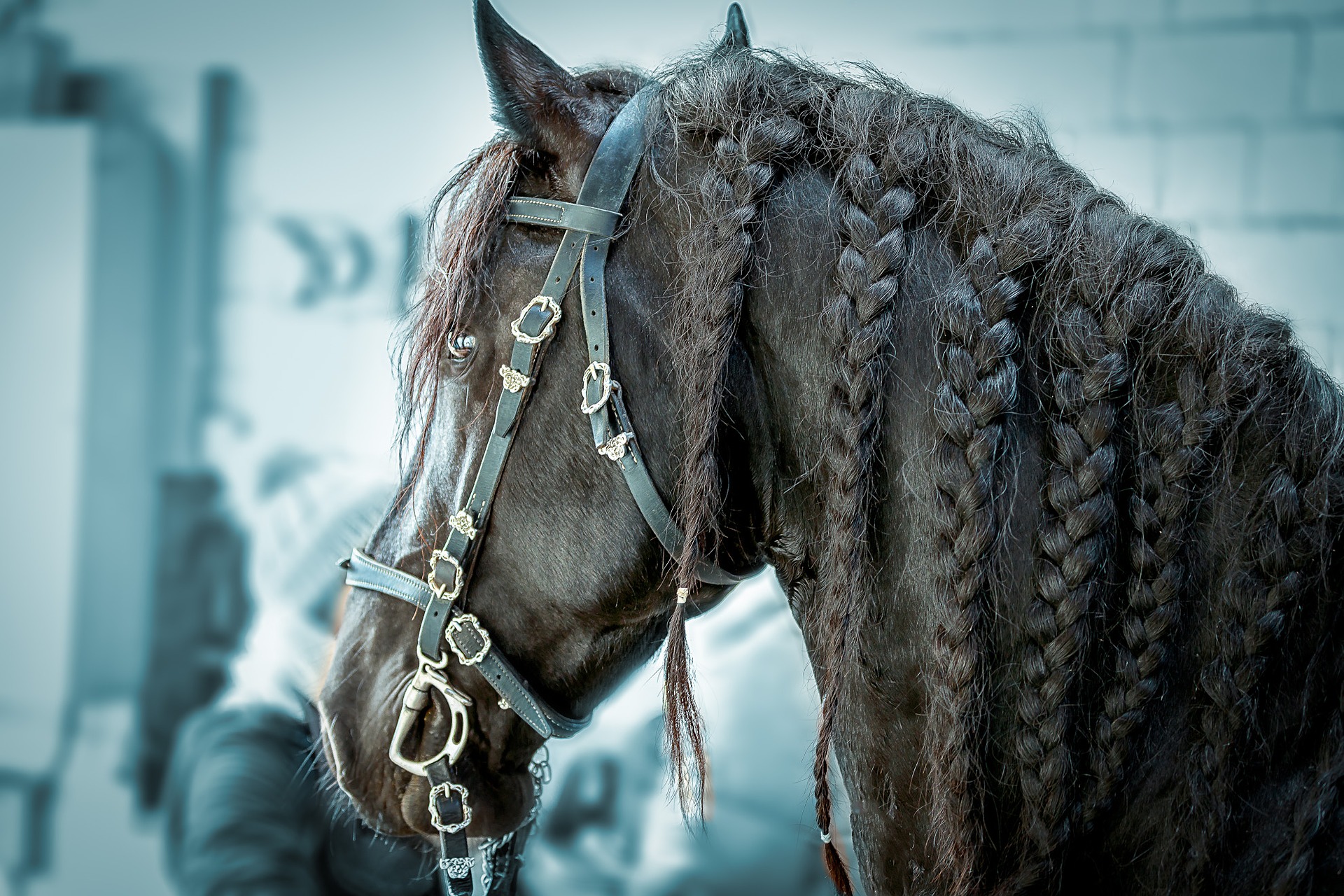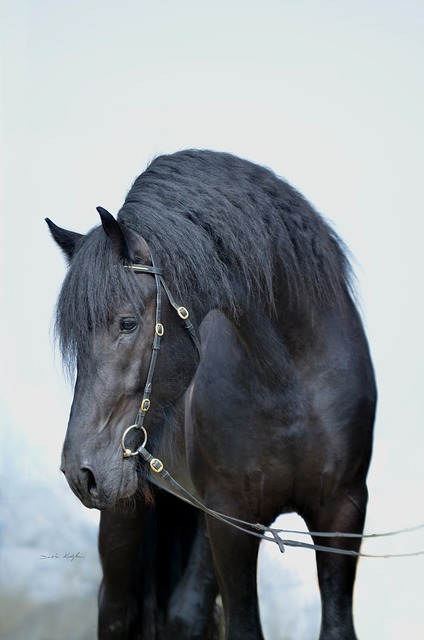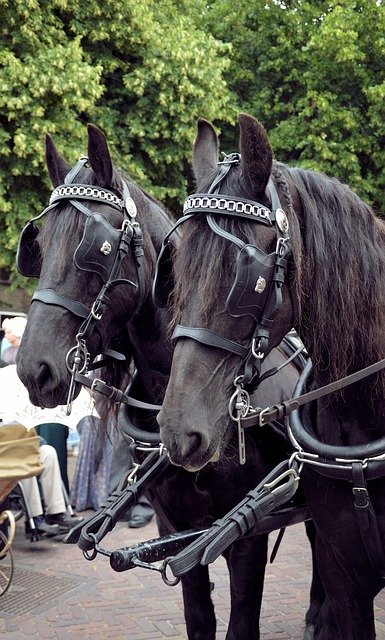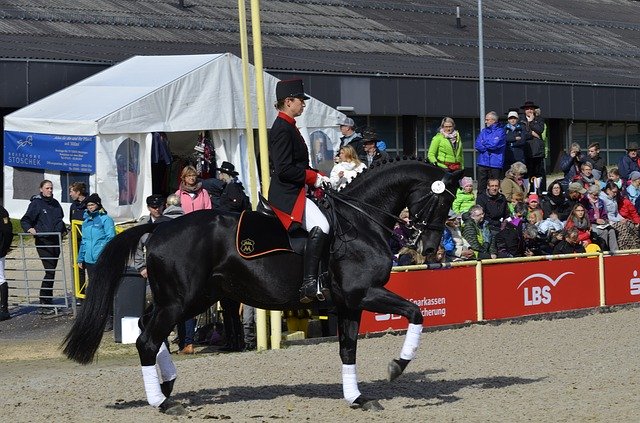- Home
- Basic Info
- Friesian Horse
Friesian Horse: Majestic Beauty and Rich History
The Friesian horse, with its striking black coat and long, silky mane, captures the hearts of horse enthusiasts around the world. Originating from Friesland in the Netherlands, these regal equines boast a fascinating history that dates back to the Middle Ages when they served as war horses known as Destriers. This blog post delves into the rich history, unique characteristics, and captivating roles of Friesian horses.
Friesian Horse History
The roots of the Friesian horse trace back to Friesland, where they were revered as war horses during the Middle Ages. Known for their strength and agility, they played a crucial role as Destriers, carrying knights in armor across European battlefields. In the 16th century, Arabian horse blood was introduced, contributing to the distinctive "high knee" action characteristic of Friesians. The breed is even mentioned in historical books dating back to the 16th century.
Friesians made their way to the United States in 1625 but were unfortunately lost due to crossbreeding. Fortunately, they were reintroduced in 1974, leading to the establishment of a national association by 1983.
Physical Attributes

Friesian horses are warm-blooded and exhibit a height range of 15-17 hands (60-68 inches) and a weight exceeding 1,300 lbs. Their coat color is predominantly black, with no white markings allowed.
Temperament and Conformation Types
Known for their willingness, activity, energy, and gentleness, Friesians exhibit two conformation types: the Baroque type, characterized by a strong, muscular body, and the Sport horse type, featuring a finer bone structure.
These majestic creatures are characterized by long, arching necks, short ears, compact bodies, sloping shoulders, and sloping hindquarters. Notably, they possess a thick mane and tail, along with feathering on their lower legs.
The Carriage horse
Throughout history, Friesians have been employed as harness horses and in various agricultural tasks. In the 18th and 19th centuries, they even competed in trotting races. A highlight of their role as carriage horses is the traditional Dutch "sjees." Adorned in rococo-style panels, these carriages, pulled by Friesians, were a spectacle during Sunday drives and special occasions.
An intriguing historical event, the "Kings-Golden-Whip-Day," initiated by King William I in 1823, featured Friesians in horse races. The tradition continued until 1891, with the last golden whip awarded by H.M. Queen Regent Emma.
Even today, you can witness Friesians pulling a sjees, with drivers and passengers dressed in 1800s attire, creating a nostalgic and picturesque scene.
Friesians in Modern Entertainment
The allure of Friesian horses extends beyond their historical roles; their regal appearance and classical presence make them popular choices for television shows, especially those set in historical or fantasy settings. Watching a Friesian perform dressage is a captivating experience that highlights their grace and beauty.
In conclusion, the Friesian horse continues to enchant us with its majestic presence, rich history, and versatile capabilities. Whether in the fields of battle, agriculture, or the realm of entertainment, these black beauties leave an indelible mark on equestrian enthusiasts worldwide.



